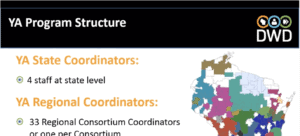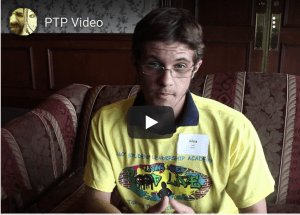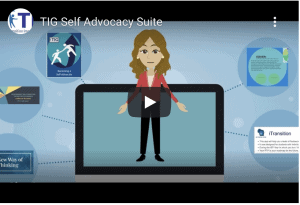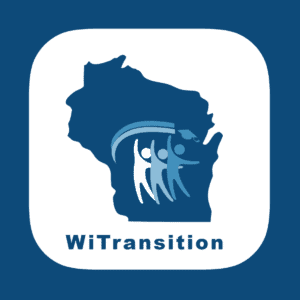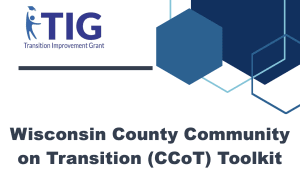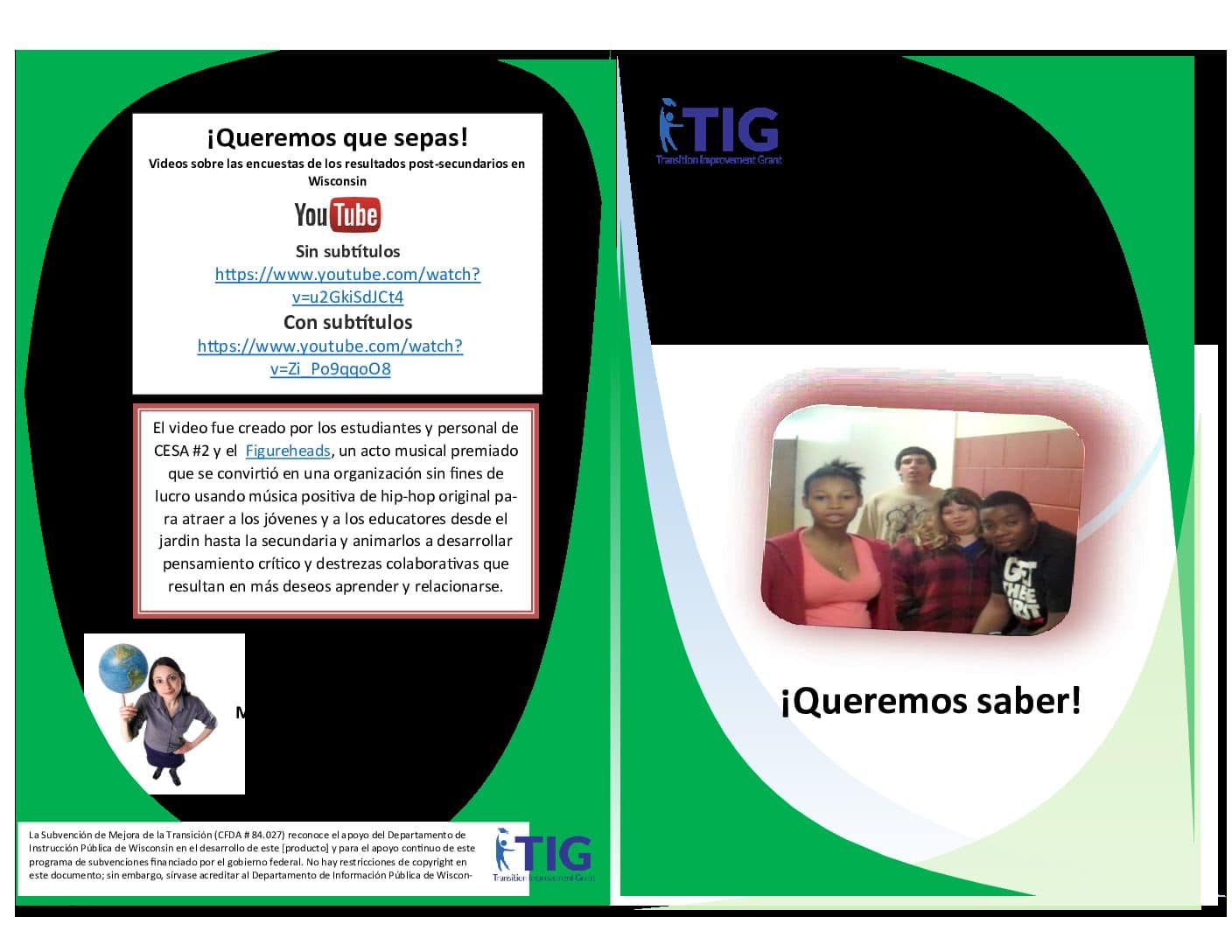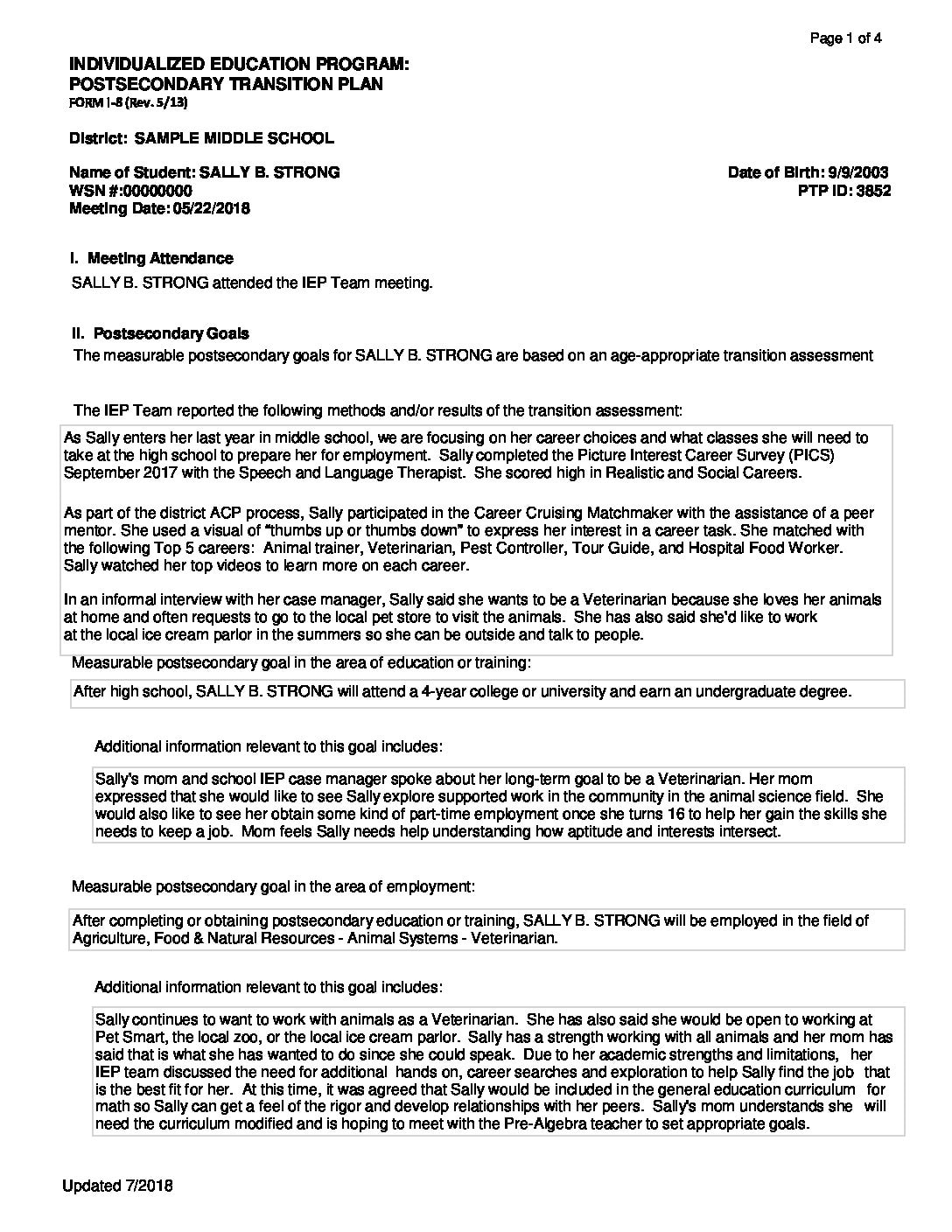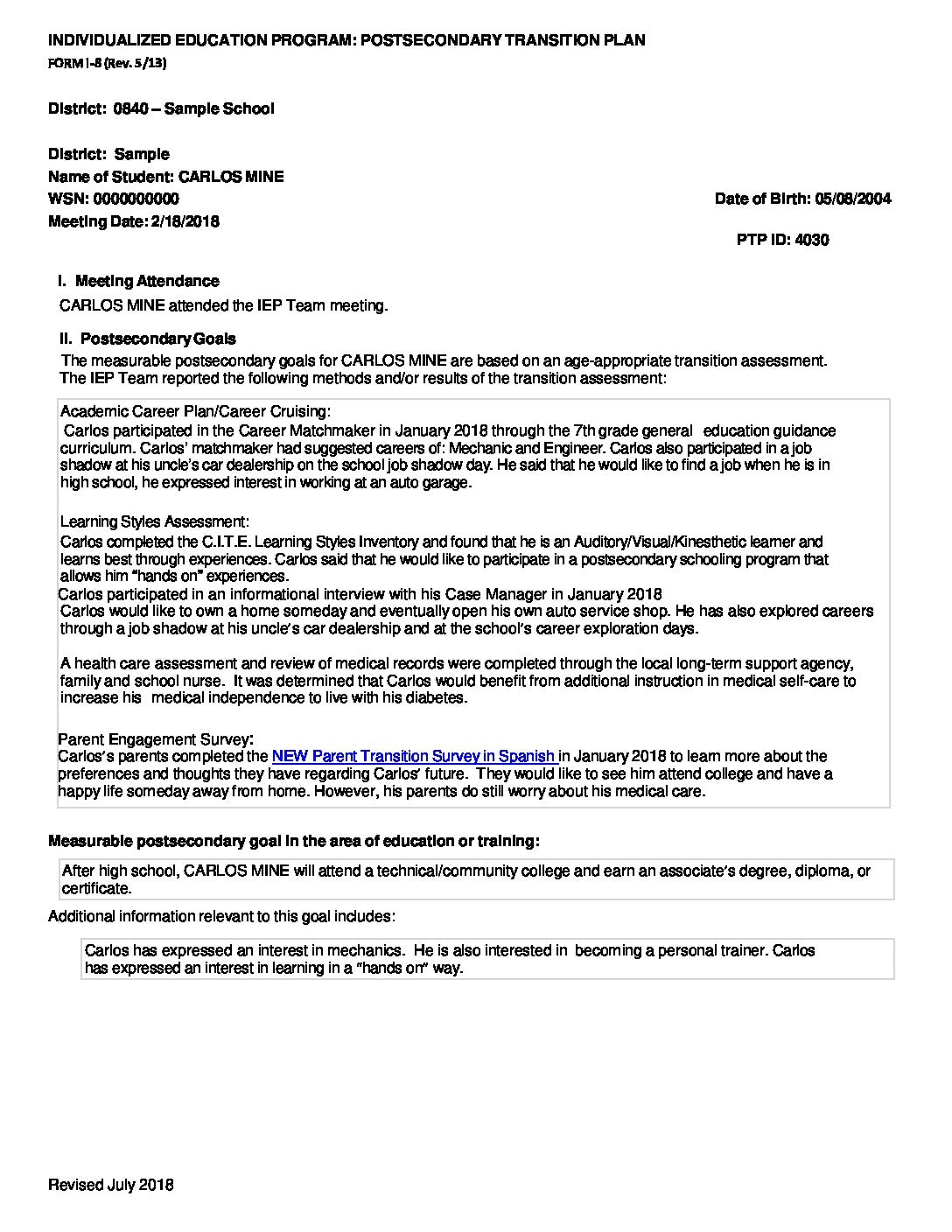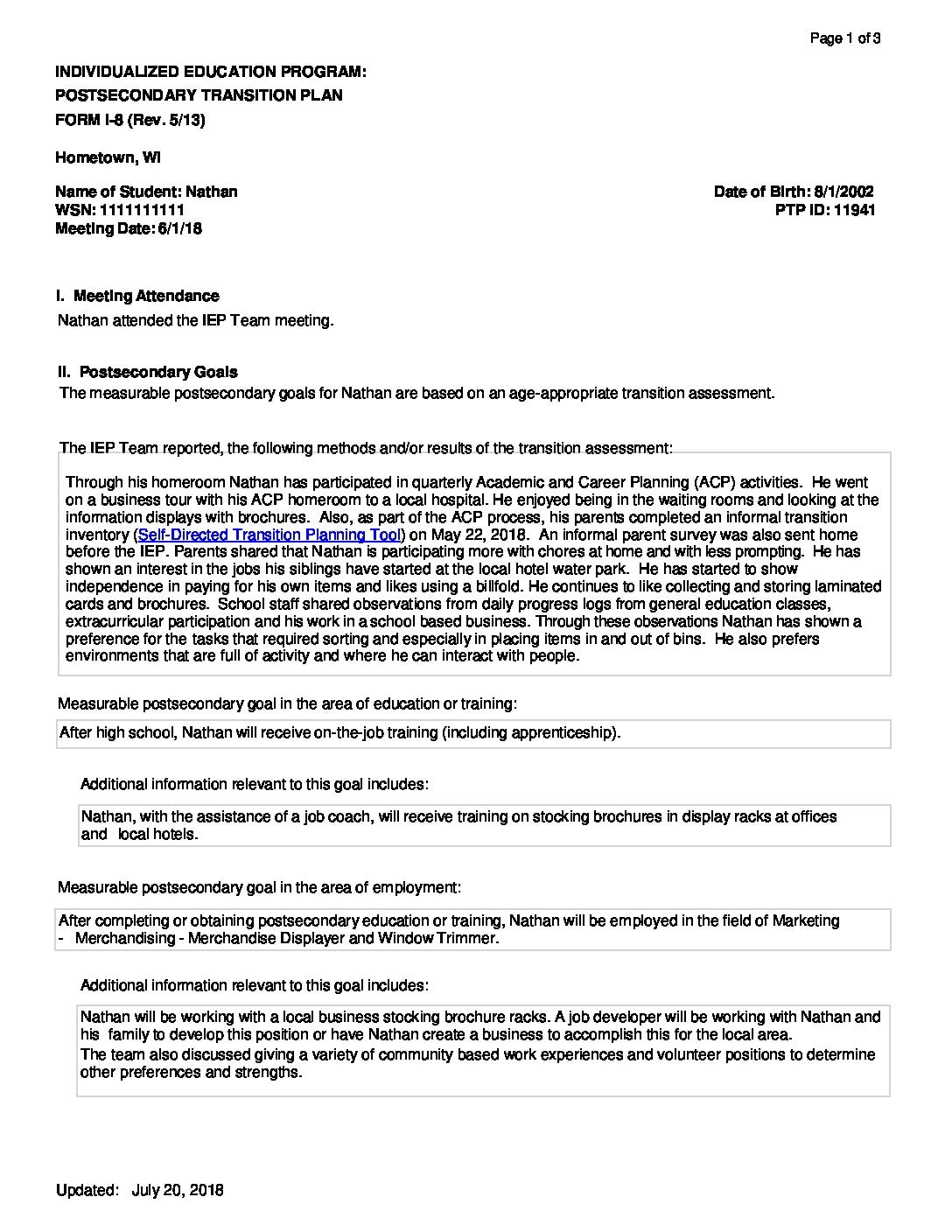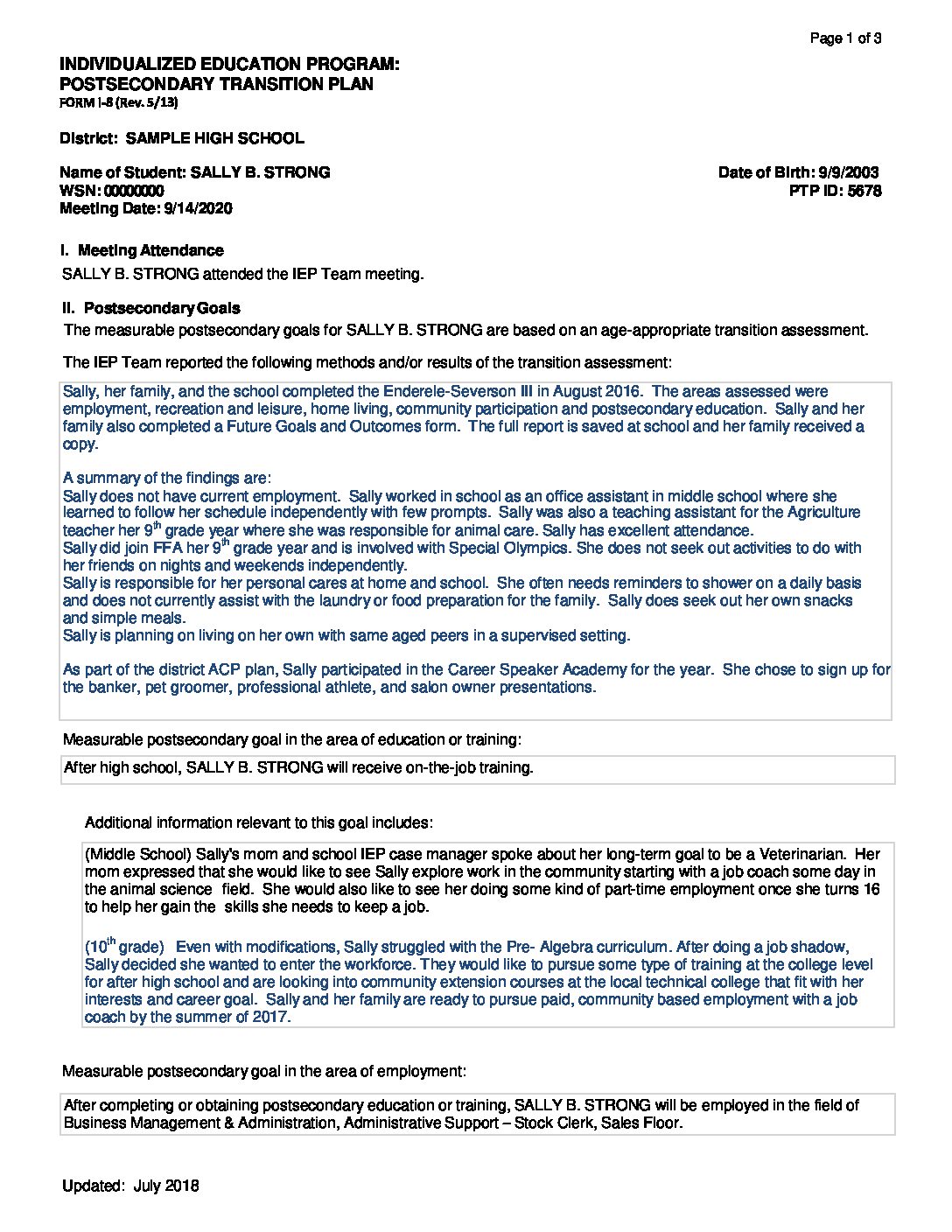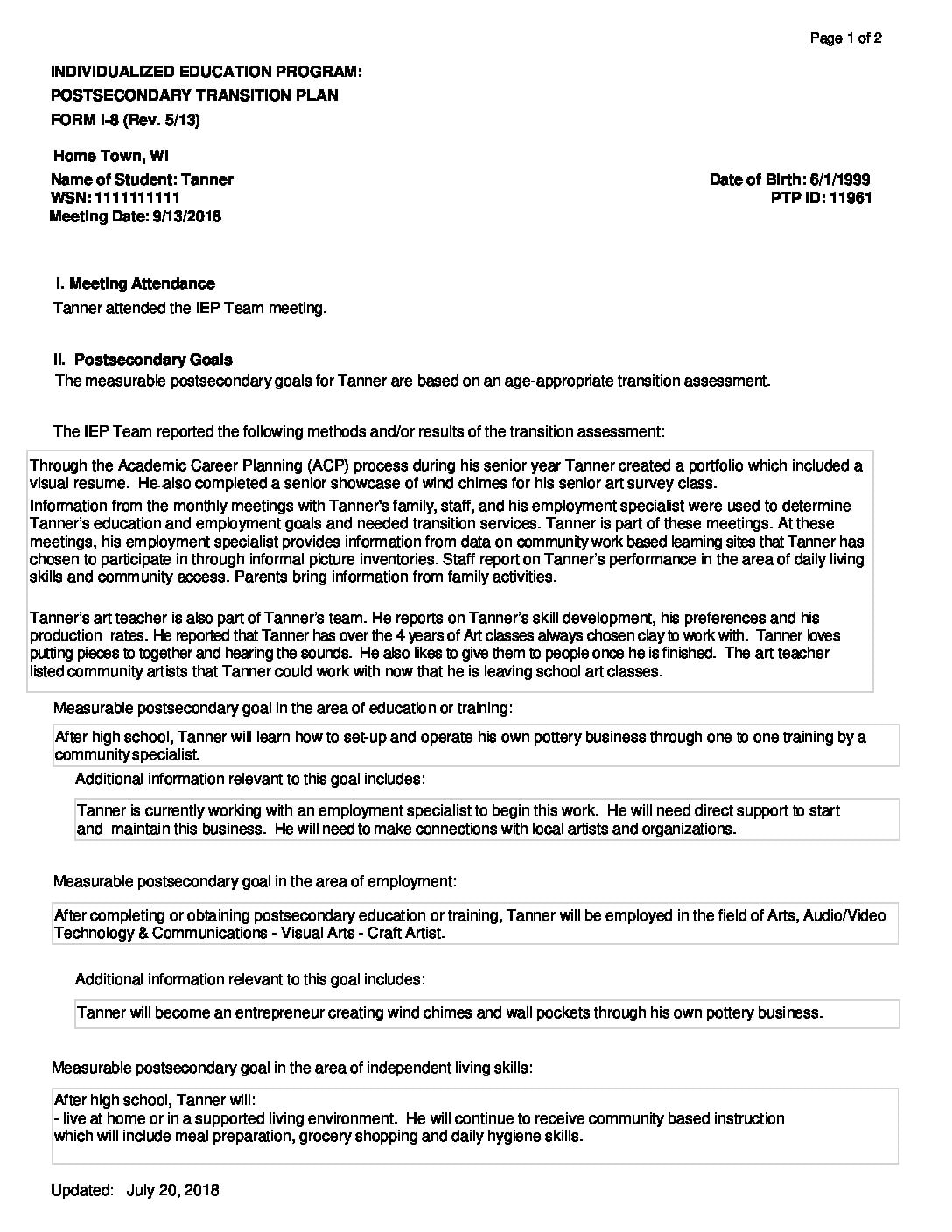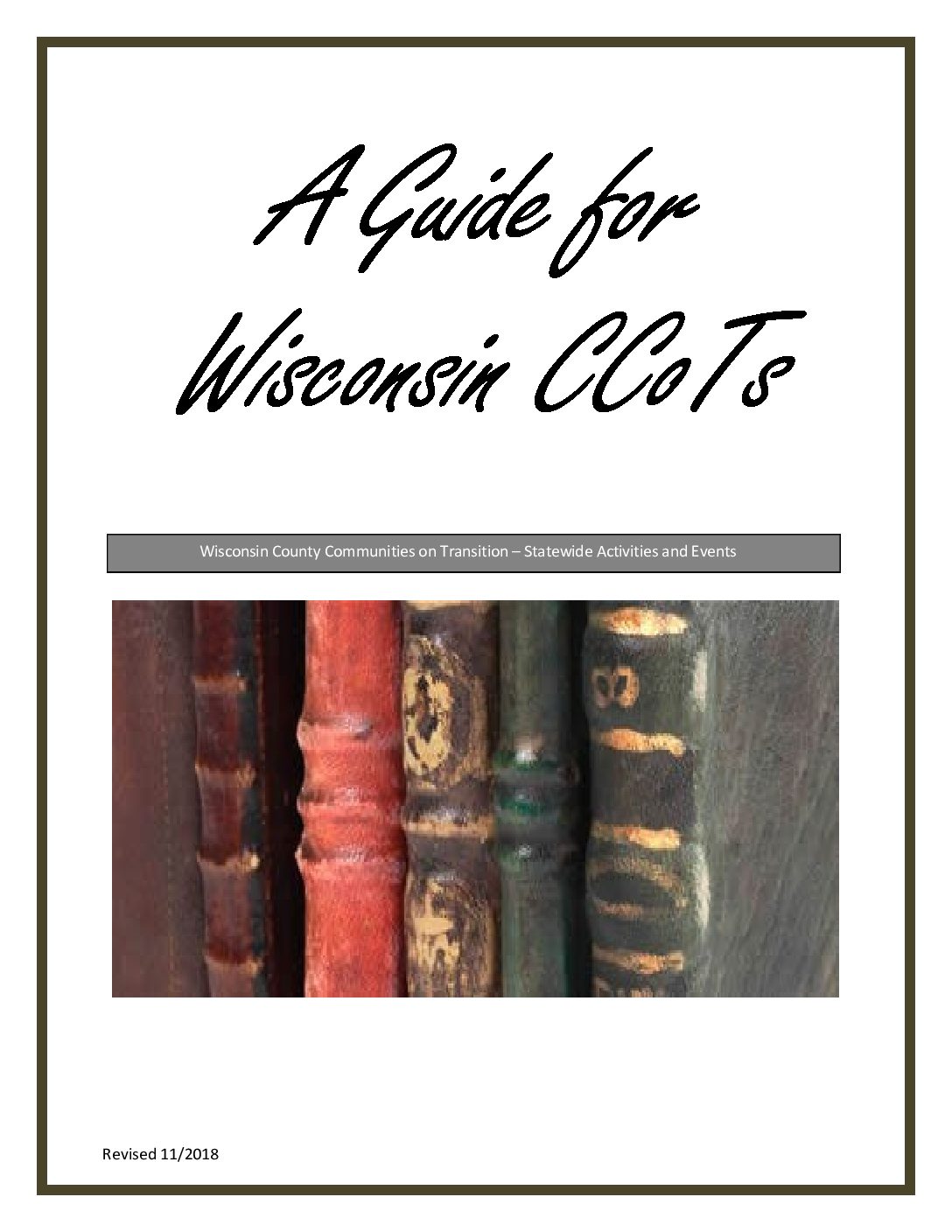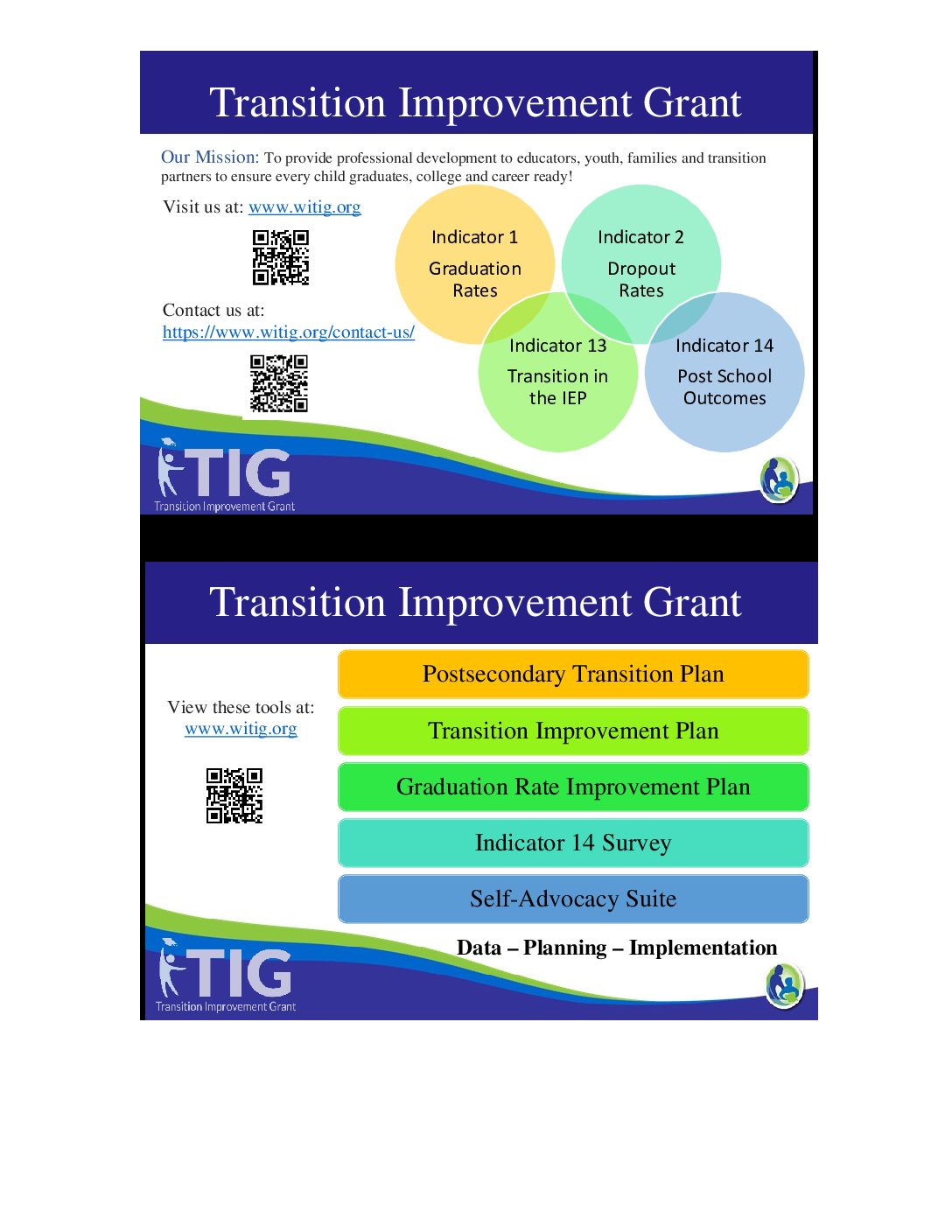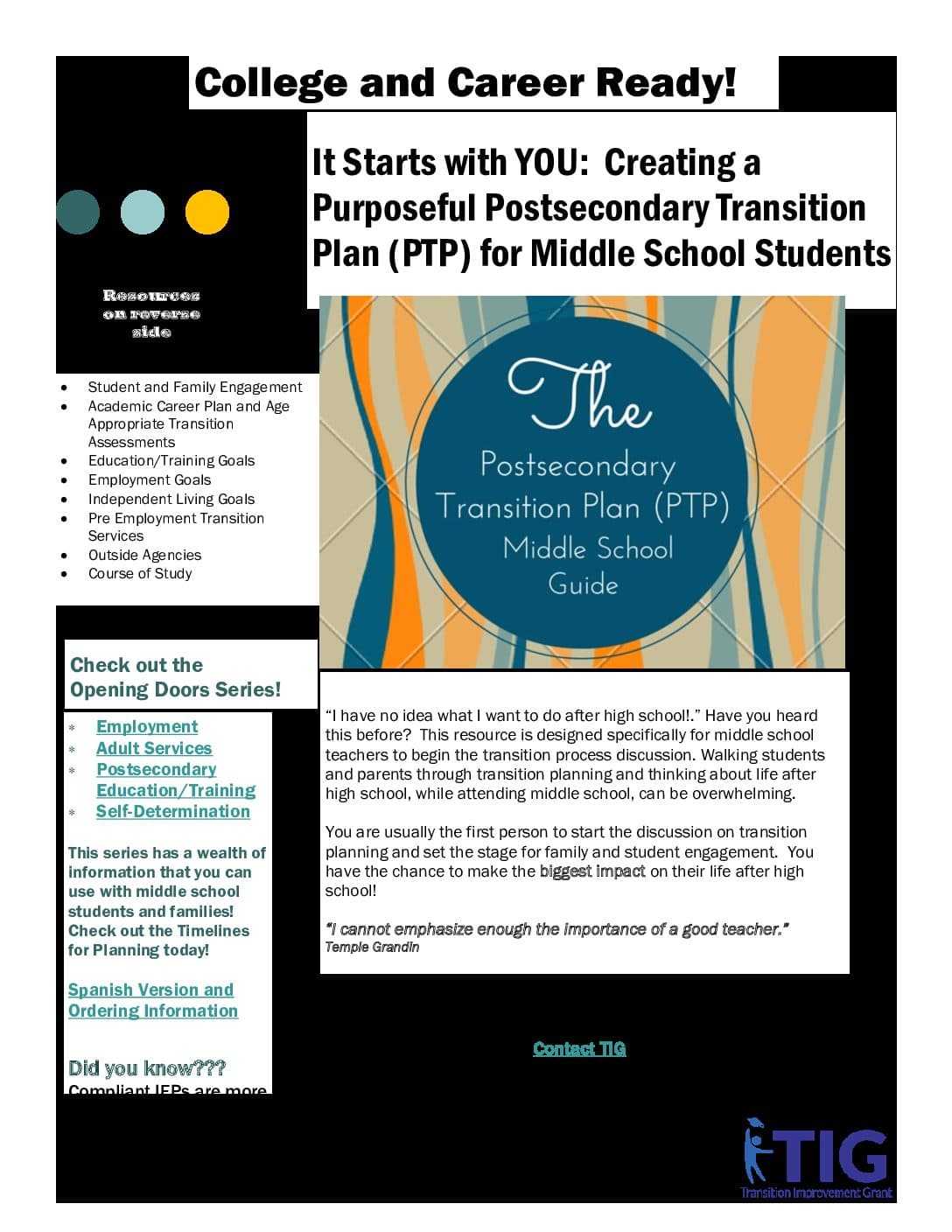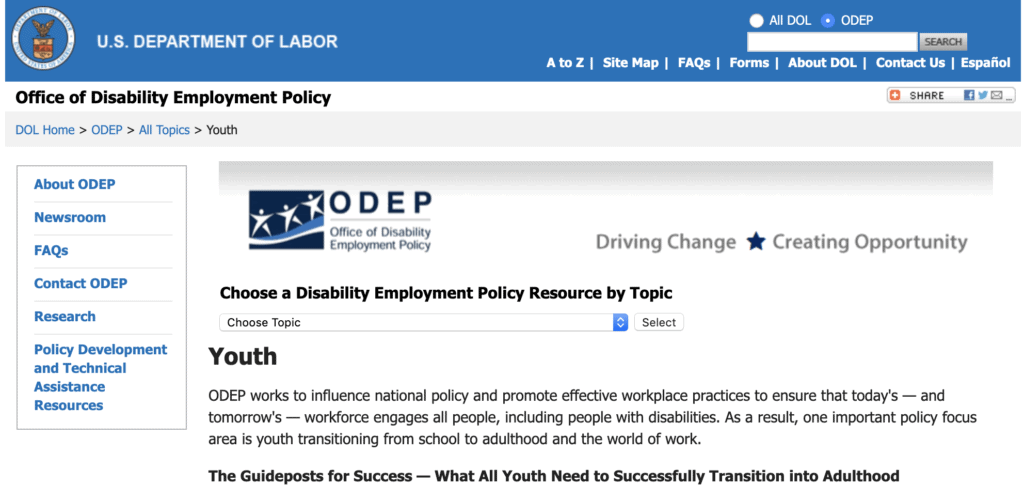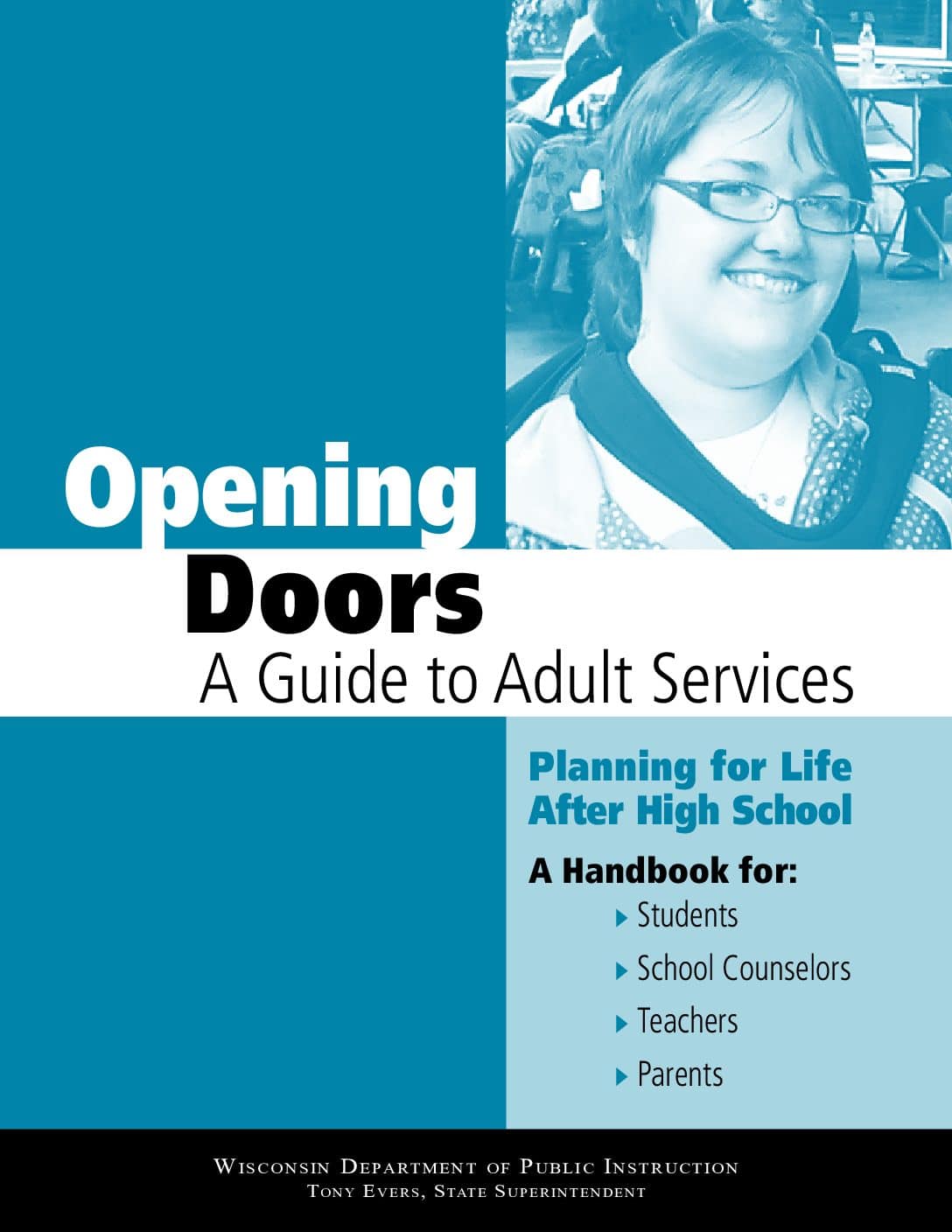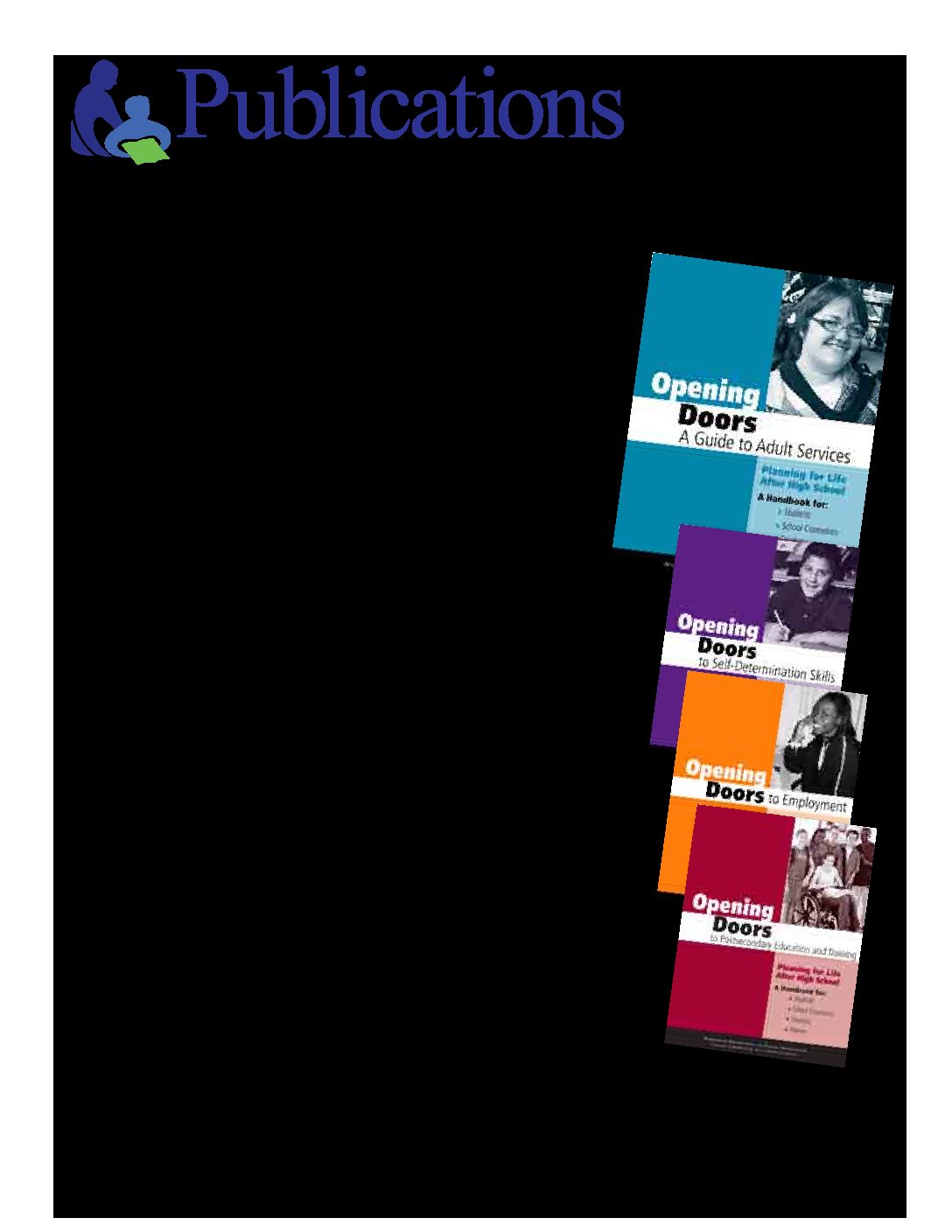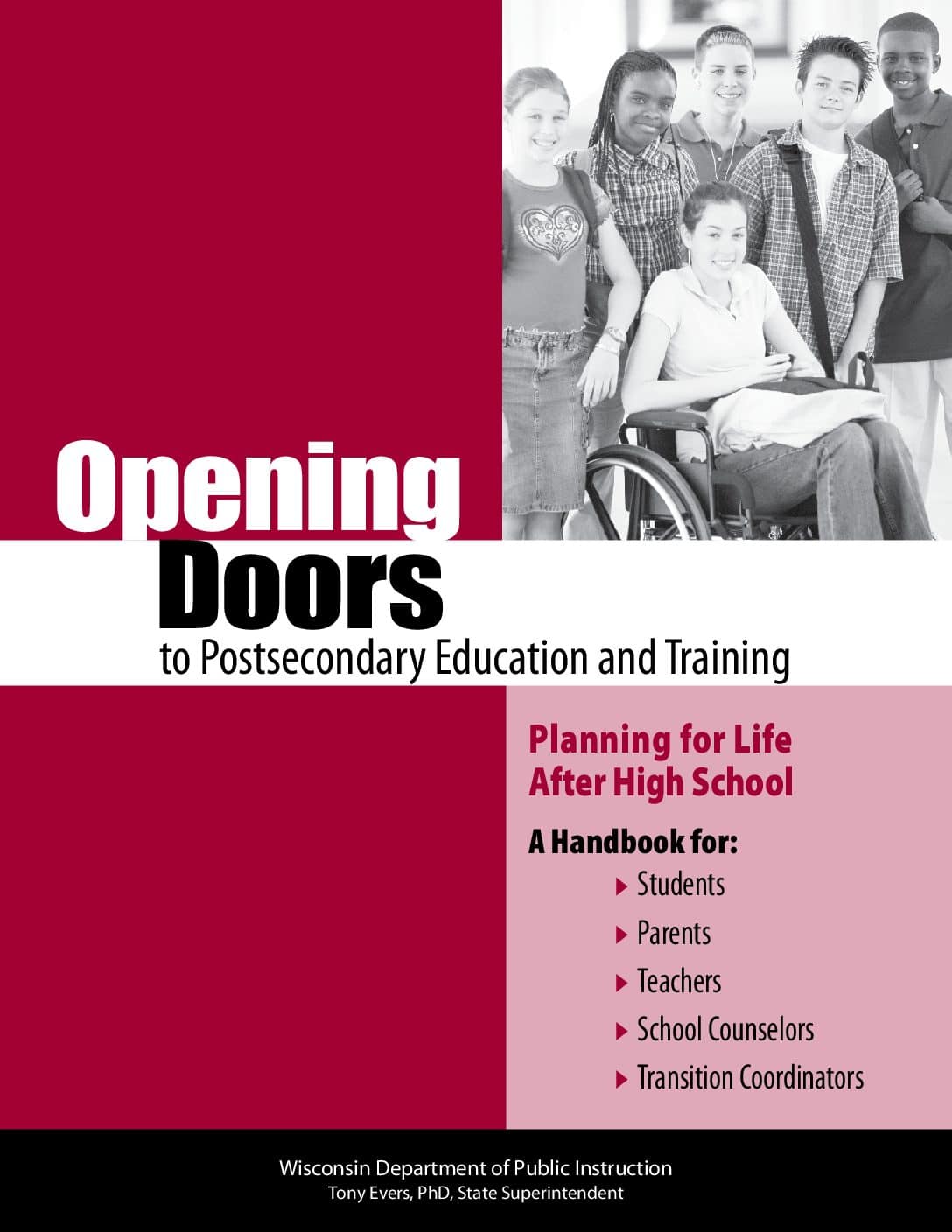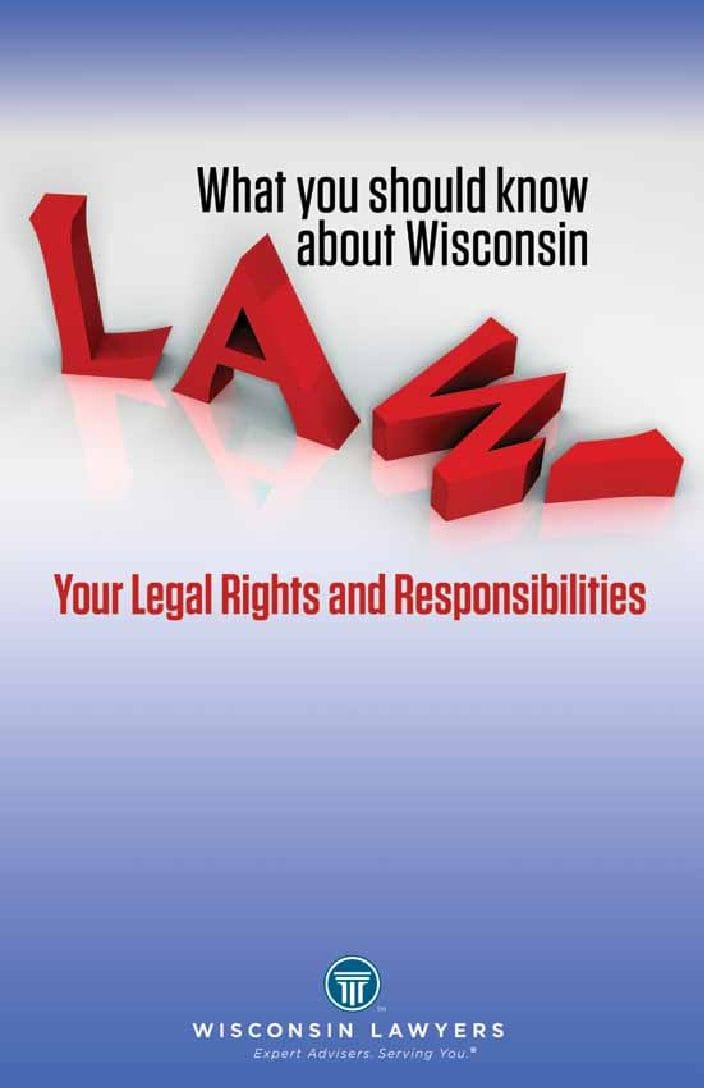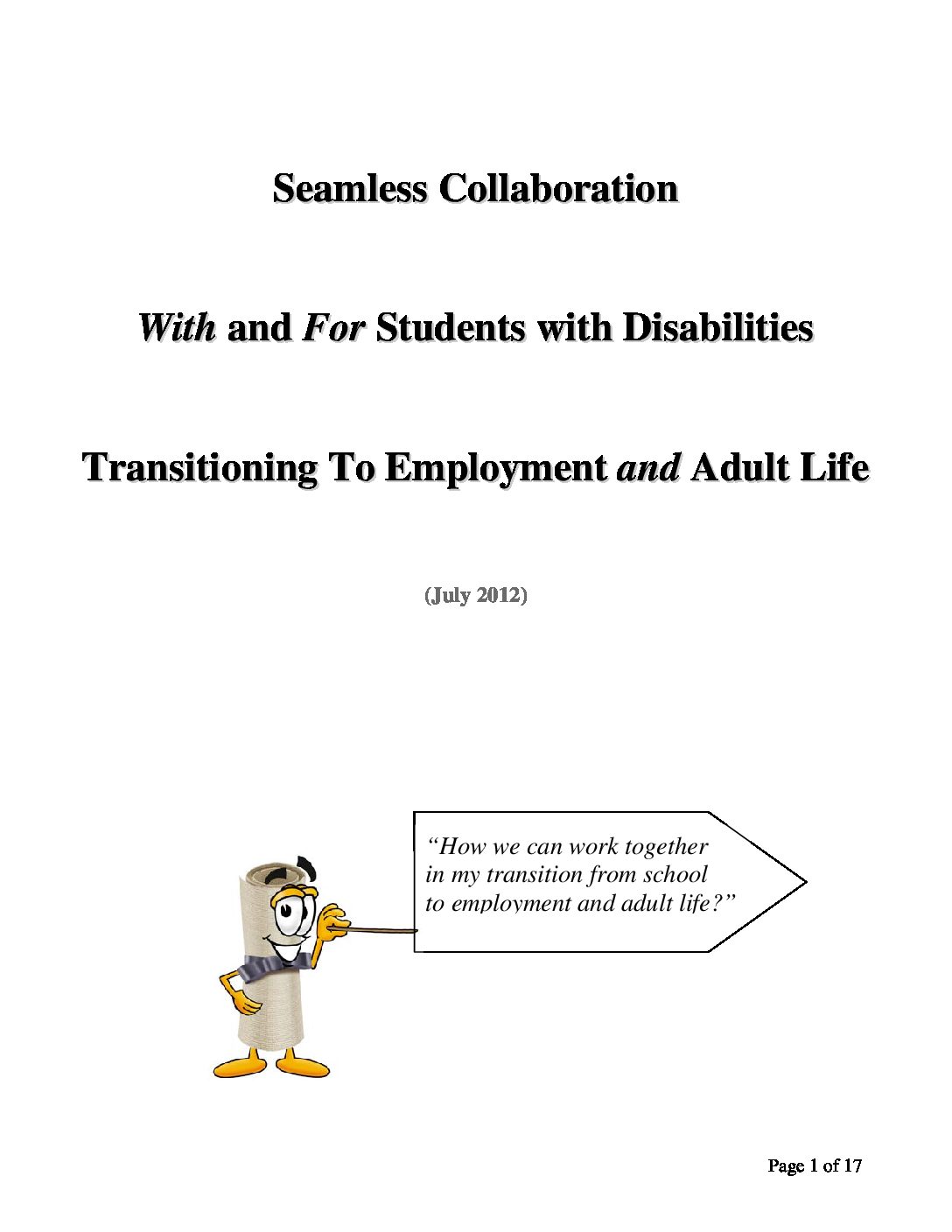Resources
CCoT Essentials
This document reviews what is essential for a CCoT to exist, grow, and survive. It reviews Interagency Collaboration, Team Purpose and the four requirements for each CCoT: 1) Organization and Leadership; 2) Mission and Vision; 3) CCoT Data; and 4) Action plan.
Sample PTP – Middle School – Sally
Content Areas Indicator 13
Resource Type Document
This is a best practice sample Middle School PTP for schools to review.

Sample PTP – Middle School – Carlos
Content Areas Indicator 13
Resource Type Document
This is a best practice Middle School sample PTP for educators to view.

Sample PTP – Homebound Student – Megan
Content Areas Indicator 13
Resource Type Document
Here is a sample PTP for a 15 year old homebound student.

Sample PTP – High School Significant Disabilities- Nathan
Content Areas Indicator 13
Resource Type Document
Here is a Sample PTP for a high school student with significant disabilities.

Sample PTP – High School – Sally
Content Areas Indicator 13
Resource Type Document
This is a good example of a high school PTP.

Sample PTP – College Bound Student – Jose
Content Areas Indicator 13
Resource Type Document
This is a sample Postsecondary Transition Plan (PTP) for a student who is college bound.

Sample PTP – 20 Year Old Entrepreneur – Tanner
Content Areas Indicator 13, Indicator 14
Resource Type Document
Here is a sample PTP for a 20 year old student wanting to open his own business.

A Guide for Wisconsin CCoTs and Appendices
This guide is a start and shares the collaboration that is occurring in CCoTs statewide. This is a work in progress and only scratches the surface of the wide variety of events and activities across the state. Please join us in keeping this guide up to date and as complete as possible. Contact a member of the Transition Improvement Grant Staff at http://www.wsti.org/contact- us/ to share the collaborative work of your local CCoTs.
TIG Tools Postcard
This postcard highlights the transition tools from the Transition Improvement Grant, including the Postsecondary Transition Plan, Transition Improvement Plan, Graduation Rate Improvement Plan, Indicator 14 Survey, and Self Advocacy Suite.
The Postsecondary Transition Plan (PTP) Middle School Guide
This Guide has amazing resources, ideas and samples to build the best practice Middle School PTP. It gives pointers on Engagement, Transition Assessment, and Goals.
The Guideposts for Success (What All Youth Need, to Successfully Transition into Adulthood)
Extensive literature review of research, demonstration projects and effective practices covering a wide range of programs and services, including youth development, quality education, and workforce development programs. The Guideposts reflect what research has identified as key educational and career development interventions that can make a positive difference in the lives of all youth, including youth with disabilities. Emphasizing disability policy, employment practices, and full inclusion.
ADRC Map
Content Areas Indicator 13
This document shows the Aging and Disability Resource Centers (ADRCs) currently in place or development in Wisconsin.
Opening Doors to Adult Services
Content Areas Indicator 13
Handbook created by DPI to help students and families understand the range of adult services available and how to access them.
Opening Doors Series (fillable order form) – English
Content Areas Indicator 13
A printable or fillable order form to order printed copies of each of the booklets in the "Opening Doors" series from the WI DPI.
Opening Doors to Postsecondary Education
This booklet from the WI DPI has been created to assist students with disabilities, parents, school counselors, and others on the IEP team in planning for the student's postsecondary experience. It includes information to help students understand their strengths and identify the support and resources they will need to be successful at the postsecondary level. This booklet contains fillable forms for you to use.
What You Should Know about Wisconsin Law: Your Legal Rights and Responsibilities
Content Areas Indicator 13
Formerly "On Being 18" publication from the Wisconsin Bar Association, discussing the rights and responsibilities for youth as they turn 18.
WTCS Accommodations Guide
This guide is to assist technical college staff and faculty in providing accommodations in instructional activities and various service areas without fundamentally altering the essential criteria/functions of a program, course, or activity. The use of this Guide can lead to student success if students and staff/faculty are offered assistance that promotes understanding of our laws and identifies the roles and responsibilities of college staff, students and others.
Transition Action Guide–Short Version
Content Areas Indicator 13
This newly-revised document outlines the roles and responsibilities for stakeholders in the IEP planning process for employment as determined by the DPI/DVR/DHS Interagency Agreement.
Transition Action Guide–Full Version
Content Areas Indicator 13
Full version of the guide developed to assist in the improvement of communication, coordination, and services for students with disabilities transitioning from school to work. It was designed to be useful for all persons and agencies (stakeholders) involved in the transition process. Developed to support the DPI/DVR/DHS Interagency Agreement


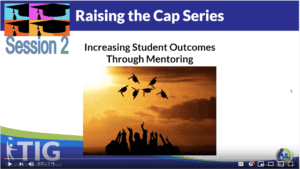 Raising the Cap Series
Raising the Cap Series 